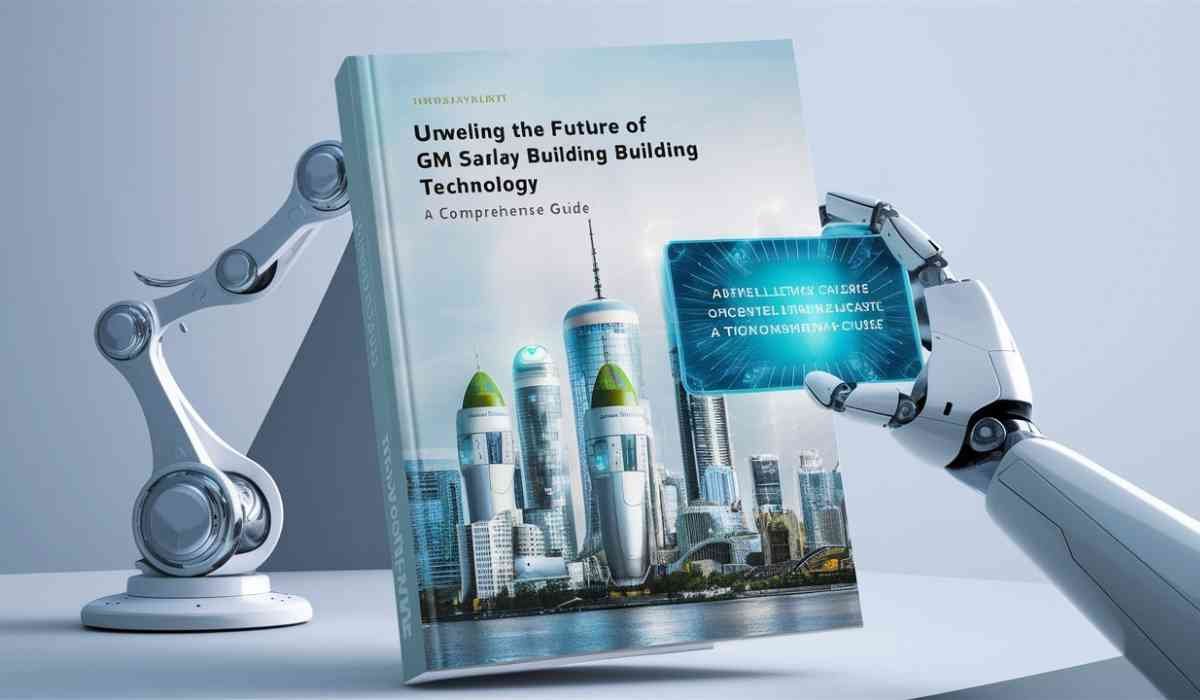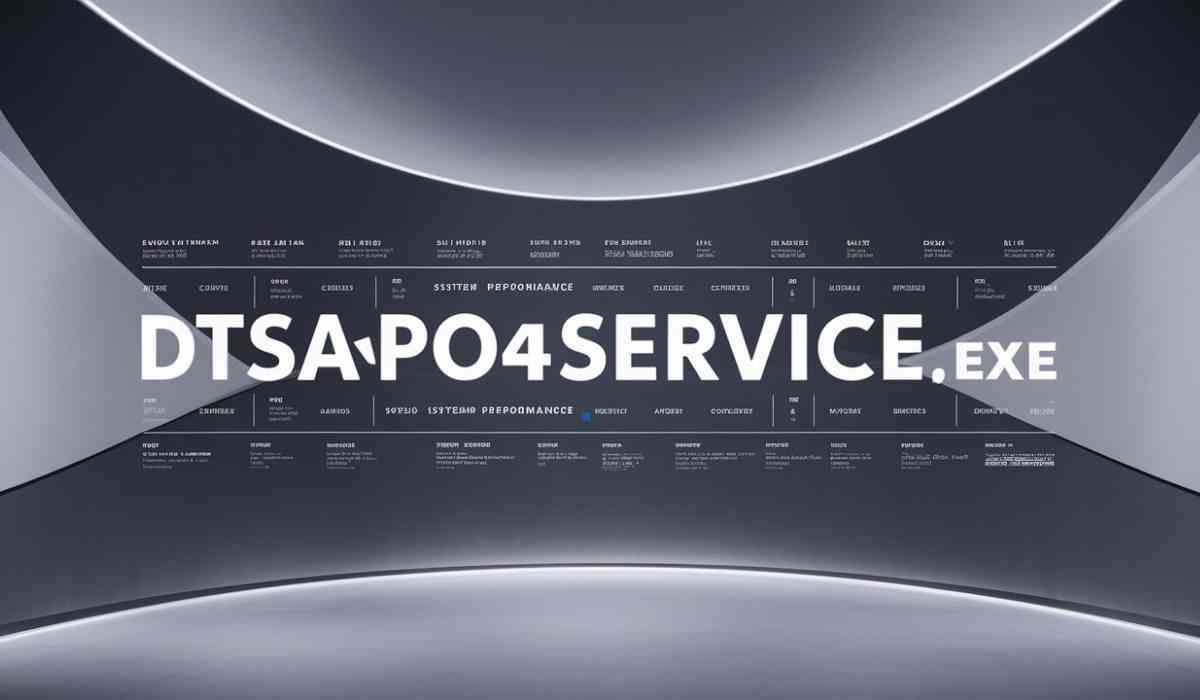In the world of computer-aided design (CAD), innovation has been largely defined by the rise of 3D modeling. Architects, engineers, and product designers now rely heavily on 3D environments for prototyping, visualization, and collaboration. Yet, even in 2025, Autocad 3D to 2D conversion remains a vital service.
Why? Because while 3D offers cutting-edge design opportunities, 2D still provides simplicity, cost efficiency, and compatibility across multiple industries. From manufacturing documentation to architectural floor plans, businesses in the UK, US, and worldwide continue to depend on CAD conversion services to bridge the gap.
This article explores the future of CAD, the role of 3D to 2D conversion, and why this process continues to reduce risks, save costs, and streamline workflows.
Why Does 3D to 2D Conversion Still Matter?
It’s easy to assume that 3D completely replaces 2D. But in reality, industries often need both. Here’s why:
- Documentation Standards: Most engineering and construction projects require 2D drawings for compliance, legal approval, or on-site reference.
- Manufacturing Needs: Factories often rely on precise 2D schematics for machining, fabrication, and assembly instructions.
- Cost Savings: 2D drawings take less storage, are easier to share, and reduce processing time for teams who don’t require 3D capabilities
- Cross-Team Collaboration: Not every stakeholder, contractors, suppliers, or clients has the expertise or software to work with 3D files.
This makes Autocad 3D to 2D conversion more than just a technical step. It’s a business-critical process.
What Are the Latest CAD Trends in 2025?
The CAD industry in the UK and globally is evolving rapidly. According to recent reports, the global CAD market is expected to grow steadily, reaching over $14 billion by 2030 (source). Here are the most notable 2025 trends:
- Hybrid Workflows – Companies increasingly combine 2D and 3D models for maximum efficiency.
- AI-Powered CAD Conversion – Artificial intelligence now assists in faster and more accurate autocad conversion services.
- Cloud CAD Collaboration – Teams in different locations collaborate in real time, often requiring simplified 2D formats for communication.
- Sustainability in Design – Simpler 2D schematics often reduce rework and material waste.
These shifts highlight that 2D is far from obsolete. Instead, it complements modern 3D workflows.
How Does Autocad 3D to 2D Conversion Reduce Errors?
Errors in design and manufacturing can cost millions. In fact, rework due to design errors accounts for up to 12% of project costs in construction and engineering (source).
By converting 3D models into precise 2D technical drawings:
- Ambiguities are removed – 2D provides a simplified, universally understood view.
- Manufacturers get exact details – Dimensions, tolerances, and material callouts are clearer.
- Compliance is ensured – Many UK engineering projects legally require 2D drawings.
- Risk of misinterpretation decreases – Workers on-site may lack 3D software but can easily follow 2D blueprints.
This means CAD conversion services are not just about convenience they’re about protecting businesses from costly mistakes.
What Industries Benefit the Most from 3D to 2D Conversion?
While nearly every design-based industry uses CAD, certain sectors rely heavily on cad 2d to 3d conversion and the reverse process.
- Architecture & Construction – For blueprints, permits, and contractor guidance.
- Manufacturing – For machining and assembly drawings.
- Aerospace & Automotive – For technical part drawings and compliance documents.
- Furniture & Product Design – For prototyping and factory specifications.
Even highly digital industries find that 2D is still the universal language of engineering.
Is 3D Always More Expensive Than 2D?
One common misconception is that 3D is always more expensive. While 3D modeling adds upfront costs, it pays off in prototyping and visualization. However, converting those models into 2D drawings ensures:
- Lower printing costs
- Simpler documentation
- Faster stakeholder approvals
- Reduced training requirements for non-technical staff
In this way, combining 3D with 2D conversion leads to the most cost-effective workflows.
Key Benefits of CAD Conversion Services in 2025
Here’s a quick breakdown of why CAD conversion services are more important than ever:
- Accuracy – Reduces risk of design misinterpretation.
- Compliance – Aligns with industry and government standards.
- Efficiency – Speeds up workflows by combining 3D visualization with 2D documentation.
- Accessibility – Allows stakeholders without 3D software to engage in the process.
- Cost Reduction – Avoids expensive rework and saves project budgets.
The Road Ahead: What’s Next for CAD Conversion?
Looking forward, CAD design will become more automated, intelligent, and integrated with technologies like:
- Artificial Intelligence (AI) – Automating repetitive tasks in conversion.
- Generative Design – AI suggesting optimized 2D versions from complex 3D models.
- Augmented Reality (AR) & VR – Offering immersive 3D, but still backed by 2D schematics for manufacturing.
- Global Standards – More industries in the UK, EU, and US enforcing 2D compliance alongside 3D innovation.
This hybrid future ensures that while 3D continues to dominate visualization, 2D remains the backbone of execution.
Conclusion
In 2025, the future of CAD isn’t about choosing between 2D and 3D, it’s about integrating both. While 3D brings innovation and visualization power, Autocad 3D to 2D conversion ensures clarity, compliance, and cost savings.
For architects, engineers, manufacturers, and startups across the UK and globally, this balance is critical. Businesses that embrace both 2D and 3D workflows can expect reduced errors, faster approvals, and smoother project outcomes.
And when it comes to executing these conversions with precision, working with a leading UK CAD design company can make all the difference. With expertise in both 2D to 3D conversion and 3D to 2D workflows, they help businesses stay future-ready while avoiding costly errors.









